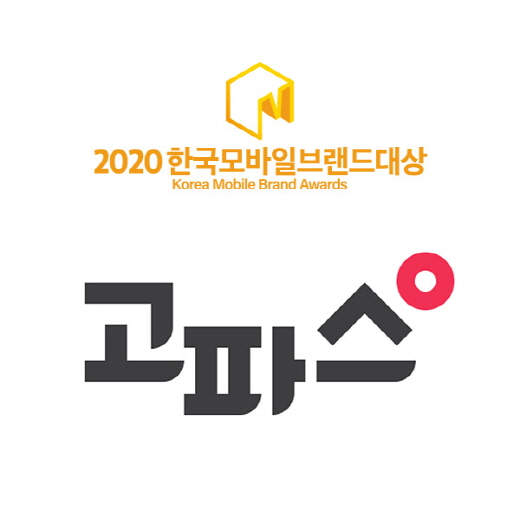http://countrystudies.us/south-korea/46.htm
미국 국회도서관 자료에서 발췌된것인데
일본의 제국주의를 극도로 미화해두었네여!! ㅠㅠㅠ
우리 모두 백악관에 항의 메일 하나씩보내요~~
The Japanese Role in Korea's Economic Development
In theory the Koreans, as subjects of the Japanese emperor, enjoyed the same status as the Japanese; but in fact the Japanese government treated the Koreans as a conquered people. Until 1921 they were not allowed to publish their own newspapers or to organize political or intellectual groups.
Nationalist sentiments gave rise to a Korean student demonstration in Japan, and on March 1, 1919, to a Proclamation of Independence by a small group of leaders in Seoul. With the consolidation of what became known as the March First Movement, street demonstrations led by Christian and Ch'ondogyo (a movement that evolved from Tonghak) groups erupted throughout the country to protest Japanese rule.
출처 : 고려대학교 고파스 2024-05-29 14:38:11:











